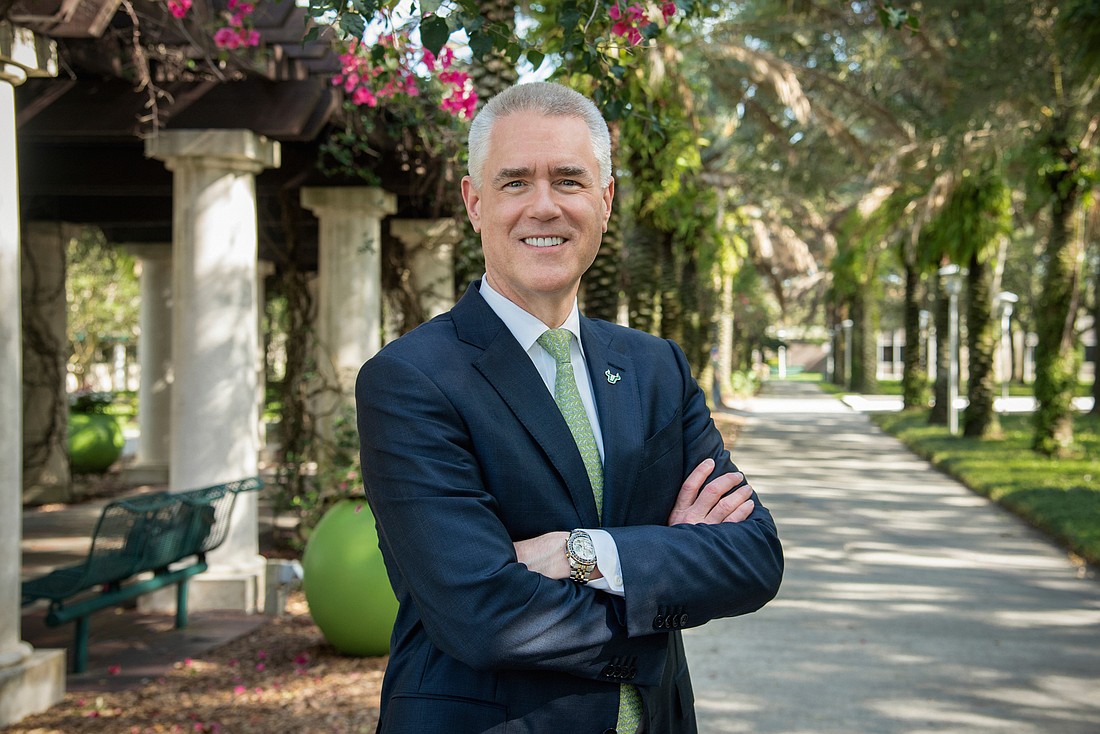- January 16, 2025
-
-
Loading

Loading

Entity: The only constant is change, but you could argue the University of South Florida experienced more than its fair share — both good and bad — in 2019. USF’s rollout of a divisive new logo in autumn 2018 was met with such resistance from alumni and students that eventually, earlier this year, the institution decided to scrap the lime-green and Merrill Lynch-esque design altogether and return to its classic “Bull U” mark.
Also, in July, longtime President Judy Genshaft, who’d led the institution for nearly two decades, retired. She was succeeded by Steve Currall, who is overseeing the plan to consolidate the financial administration and academics of USF’s three campuses in Tampa, St. Petersburg and Sarasota-Manatee — a plan also met with controversy. In the good news department: the Florida Board of Governors’ designation of USF as a “preeminent” state research university, alongside University of Florida and Florida State University, was a huge positive that'd led to $6.15 million in additional funding.
OPPORTUNITIES: Consolidation goes into effect July 1, 2020, and Currall says it represents a golden opportunity for USF to make the academic boundaries between USF’s campuses “much more permeable.” Students at all three campuses will have greater access to the academic programs of their choice — along with more study abroad and career counseling options. That should be a big boost to USF’s marketing, recruiting and retention efforts and help it offset the enrollment challenges brought by the strong economy.
Also in 2020, USF will continue to position itself as a business-friendly and entrepreneurial university, partnering with Jabil, one of the largest employers in the Tampa Bay region, on the new USF Jabil Innovation Institute. Founded by a $1 million donation from Jabil, the institute will “promote innovation and commercialize new discoveries,” Currall says. The institute aims to develop talent in cooperation with USF’s College of Engineering and Muma College of Business, to ensure USF continues to produce graduates who have the necessary skills to satisfy a talent-hungry labor market.
THREATS: “The perennial question of the adequacy of state financial support” is USF’s biggest threat, Currall says. “To what degree is the state going to continue to support us?” Currall, who came to USF from Southern Methodist University, where he was provost and vice president of academic affairs, also says the strong economy, counterintuitively, presents a challenge. There’s more than a kernel of truth to the notion, he says, that enrollment tends to decrease when times are good. “I have seen that firsthand,” he says. “The older students who might be deciding whether to go back and get an MBA or some other degree, they’re less likely to go back. If the economy is weak, they’re more likely to go back and invest in their own human capital.”